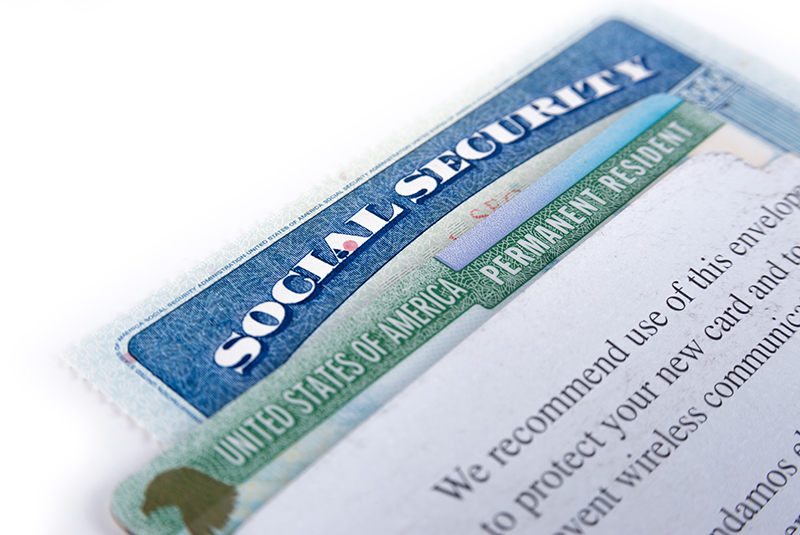
As I previously wrote, chain migration will significantly increase if Democrats are able to keep the immigration language in the budget reconciliation bill. One way the bill authorizes the increase in legal immigration is to allow certain aliens already in the United States with an approved immigrant visa but waiting for a green card that will not be available for at least two years to jump the line in exchange for a “supplemental fee”.
The operative legislative text is found on p. 13 of the bill (technically the Rep. Nadler amendment in the nature of a substitute), which says “The Secretary of State shall exempt an alien (and the spouse and children of such alien) from the numerical limitations described in sections 201, 202, and 203” of the Immigration and Nationality Act. For those unfamiliar, section 201 sets the annual worldwide cap of immigration, section 202 establishes per-country caps to promote diversity and assimilation within the immigrant pool, and section 203 provides the distribution formula for family-based and employment-based green cards. Essentially, this provision exempts the entire legal immigration framework established by Congress.
So who exactly can benefit from this exemption? The Department of State manages the Visa Bulletin, which establishes when an alien’s green card is likely available, based on the immigrant category and the country of origin. Large sending countries like mainland China, India, Mexico, and the Philippines have their own entries in the Visa Bulletin (as do the Northern Triangle countries and Vietnam for employment-based green cards) and the rest of the world is grouped together in a column entry noted: “All Chargeability Areas Except Those Listed”. Aliens with a priority date before the date listed on the family-based or employment-based charts (final action date) are able to obtain their green card. If there is not a wait, the chart entry is “C” for current. For example, the Mexican unmarried sons and daughters of a U.S. citizen (F1 preference) have a priority date of January 15, 1999. Meanwhile, the spouses and unmarried children of a lawful permanent resident (F2A preference) are current regardless of country of origin. On the employment-based side, nearly every category is current except for China (second, third, and fifth preference), India (second and third), Mexico (fourth and certain religious workers), and the Northern Triangle countries of El Salvador, Honduras, and Guatemala (fourth and certain religious workers).
The obvious population that benefits are the hundreds of thousands of Indian and Chinese H-1B workers who mostly are petitioned for EB-2 or EB-3 visas. In exchange for just $5,000 these once “temporary” workers become permanent fixtures in the workforce, along with their spouses and children. If this sounds like a Big Tech green card giveaway, that’s because it is. The tech industry and other corporations are heavy users of the H-1B nonimmigrant visa, which allows these companies to legally underpay foreign workers compared to what the market wage would be for a similarly skilled American. And, thanks to the American Competitiveness for the 21st Century Act, an H-1B alien who is sponsored for an employment-based green card before the end of the fifth year (out of six) can remain in the United States indefinitely (and work) on the H-1B until a green card is available. Essentially, this language accomplishes the goals of the lobbyist-driven, and misnamed, “Fairness for High Skilled Immigrants Act”.
While not impossible, it is less likely that a family-based intending immigrant will be able to avail himself of this special treatment. The reason is simple: Unlike the H-1Bs described above, family-based immigrants must wait in the home country until the green card is available. However, if an alien with an approved family-based green card does find his or her way into the country, he or she can jump the line for a $2,500 supplemental fee. Any Chinese immigrant investor in the country can obtain his or her EB-5 green card for a $50,000 supplemental fee.
Given the uncertainty of which aliens are able to adjust status, it is challenging to pinpoint a population estimate that will get this special treatment. However, it is worth noting that U.S. Citizenship and Immigration Services estimated that at the end of FY 2019 (September 30, 2019), there were approximately 583,420 H-1Bs authorized to work in the United States. Every one of them could immediately take advantage of the green card line-jump if this provision becomes law.
